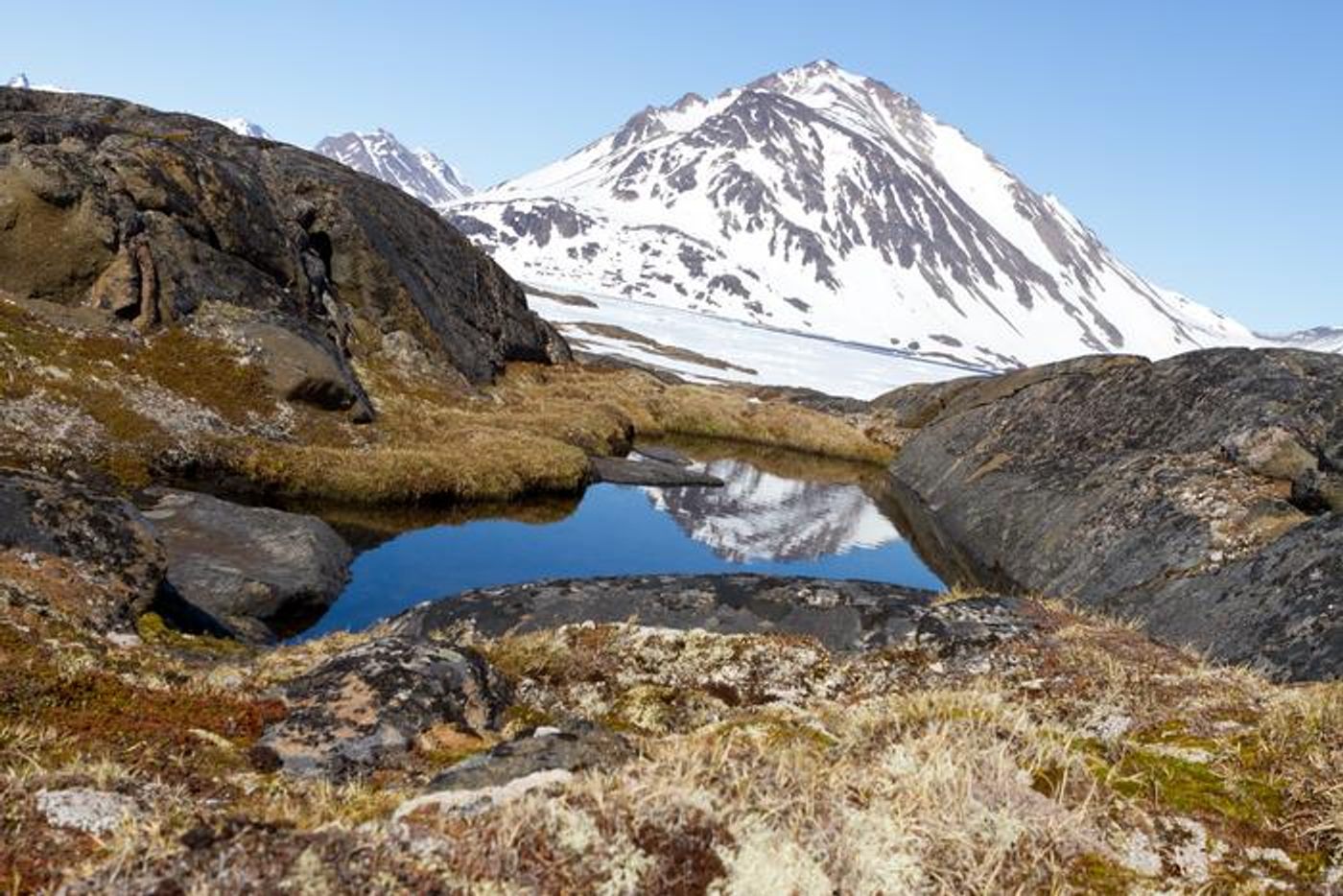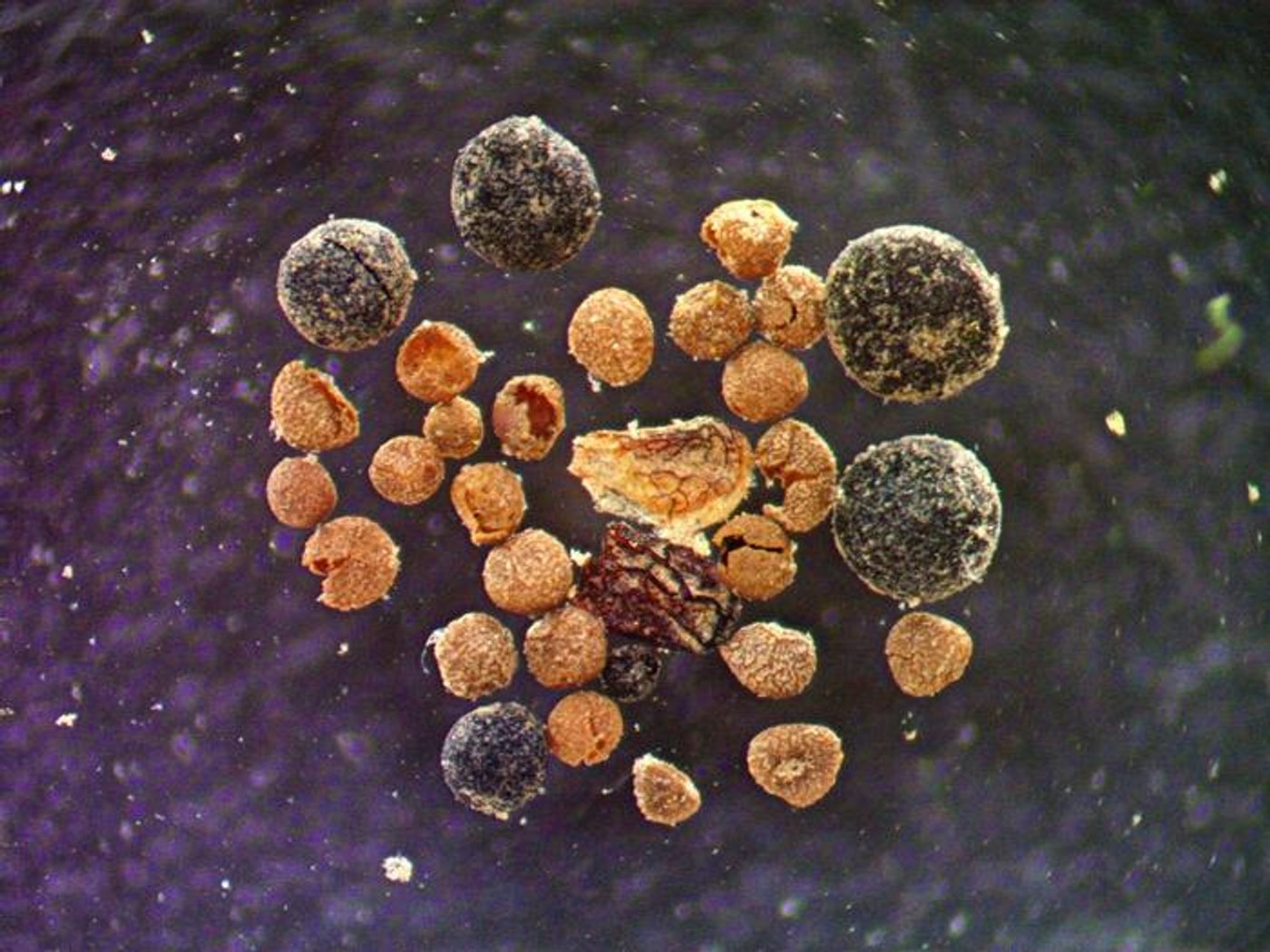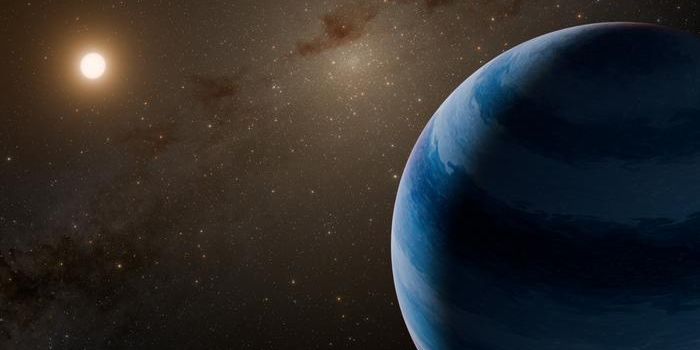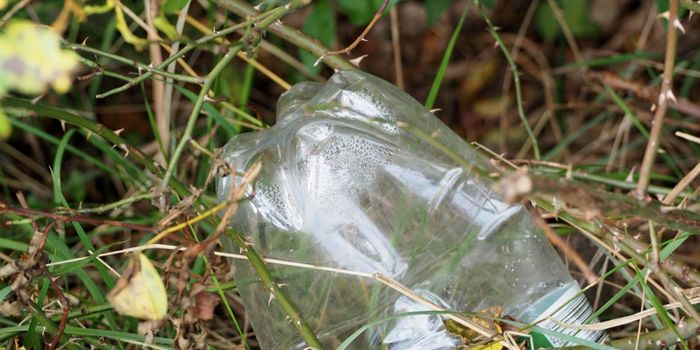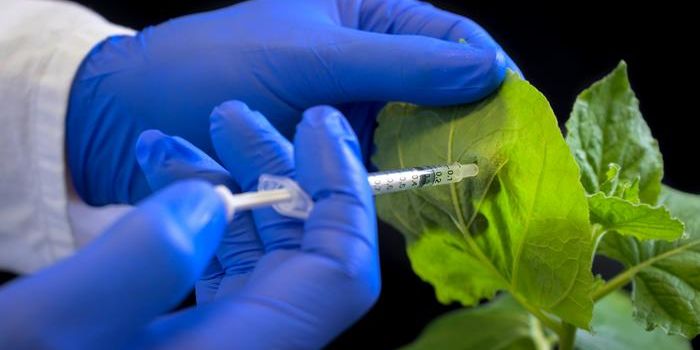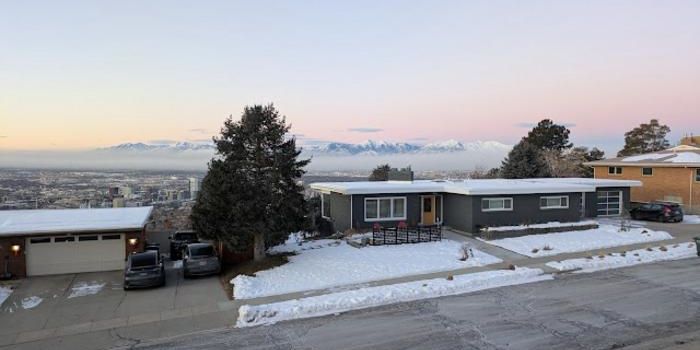Climate Change Implications from Greenland Ice Melt
How has Greenland’s massive body of ice changed over history and how can this contribute to climate change? This is what a recent study published in the Proceedings of the National Academy of Sciences hopes to address as an international team of researchers investigated the glacial record of Greenland to determine its geological history that could help scientists better understand how this could influence anthropogenic (human-caused) climate change going forward.
For the study, the researchers analyzed a several inches obtained in 1993 from an ice core extracted from 3 kilometers (1.86 miles) beneath the very center of the country known as Summit, Greenland, which was estimated to be approximately 1.1 million years old. After careful analysis, the researchers of this study now estimate these samples are just over 2 million years old, along with finding evidence that this location was an ice-free tundra during that time. This was concluded after the researchers found evidence of fungi, insect parts, wood, and cosmogenic nucleotides.
Image of an ice-free landscape in eastern Greenland, which is indicative of what central Greenland might have looked like 2 million years ago. (Credit: Joshua Brown)
Microscopic image of moss, seeds, and fungi. (Credit: Halley Mastro/University of Vermont)
The latter finding was surprising to the scientists, who noted that if the center of Greenland was ice-free, then the rest of the country was, as well, indicating a period of warmth across the planet, which could be disastrous in our future due to anthropogenic climate change.
“This new study confirms and extends that a lot of sea-level rise occurred at a time when causes of warming were not especially extreme,” said Dr. Richard Alley, who is an Evan Pugh University Professor of Geosciences at Penn State and responsible for reviewing the study, “providing a warning of what damages we might cause if we continue to warm the climate.”
What new discoveries about Greenland’s past and how it impacts our future will scientists make in the coming years and decades? Only time will tell, and this is why we science!
As always, keep doing science & keep looking up!
Sources: Proceedings of the National Academy of Sciences, EurekAlert!
